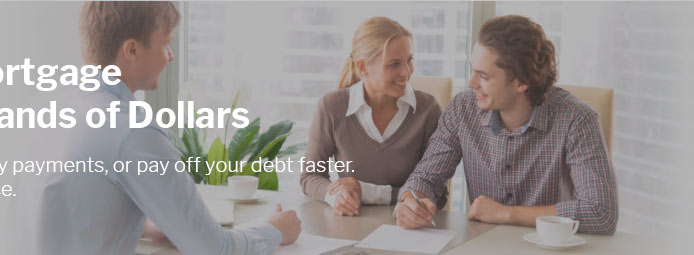 |
 |
 |
 |
|---|
 |
||
|---|---|---|
 |
||
 |
||
 |
||
 |
||
 |
 |
 |
 |
 |
 |
banks refinance without closing costs: what to know nowHow 'no-cost' really worksWhen a bank advertises no closing costs, it usually means the lender covers third-party fees in exchange for a slightly higher rate or uses credits funded by the rate. Compare the lifetime expense, not the day-one check. When it can make senseA no-cost refi can be smart if you plan to sell or refinance again within a few years, need to conserve cash, or are swapping from an adjustable to a predictable fixed rate. Just confirm the math and your time horizon.
Steps to compare offers
Strong credit, solid equity, and flexible timing can yield better credits and lower rates. https://www.quickenloans.com/learn/refinance-without-closing-costs
To be clear, a no-closing-cost refinance doesn't mean all of your closing costs are forgiven or removed from the transaction. It means they're ... https://point.com/blog/no-closing-cost-refinance-guide
No-closing-cost refinances work by shifting your short-term costs (closing fees) into long-term expenses (more interest charges). . If you plan ... https://www.nerdwallet.com/article/mortgages/no-closing-cost-mortgage
No-Closing-Cost Mortgage: You Pay One Way or Another - With closing costs ranging from 2% to 6% of the loan amount when you're buying a home, a ...
|
|---|